A joint research expedition was carried out by scientists from the Hellenic Centre for Marine Research (HCMR) and the Natural History Museum of Crete (NHMC) in Western Crete, as part of an integrated series of field exercises under the LIFE Mare Natura program. The mission aimed to promote synergy between different research disciplines, with the ultimate goal of reducing the ecological footprint of the program’s activities.
In this context, the researchers took advantage of their visit to the islet of Agria Gramvousa to collect water samples using a portable pump for environmental DNA (eDNA) analyses, with the objective of applying HCMR-developed protocols for the detection of marine mammals and reptiles.
At the same time, on the islet, active nests of the Scopoli’s shearwater (Calonectris diomedea) were located, aiming to record chicks prior to fledging. The chicks were ringed, morphometric measurements were taken, and blood samples were collected for subsequent genetic analyses.
A few words about environmental DNA (eDNA):
All organisms leave their molecular footprint in the environment in which they live, in the form of cells or free molecules of genetic material released from their skin, secretions, feces, and other biological processes. This enables the non-invasive detection of species presence within an ecosystem by collecting environmental samples such as soil, air, or—in this case—water. From these samples, the total genetic material is isolated, referred to as environmental DNA (eDNA), and modern molecular techniques are then applied to detect species-specific DNA regions, allowing for the identification of organisms present in the ecosystem.
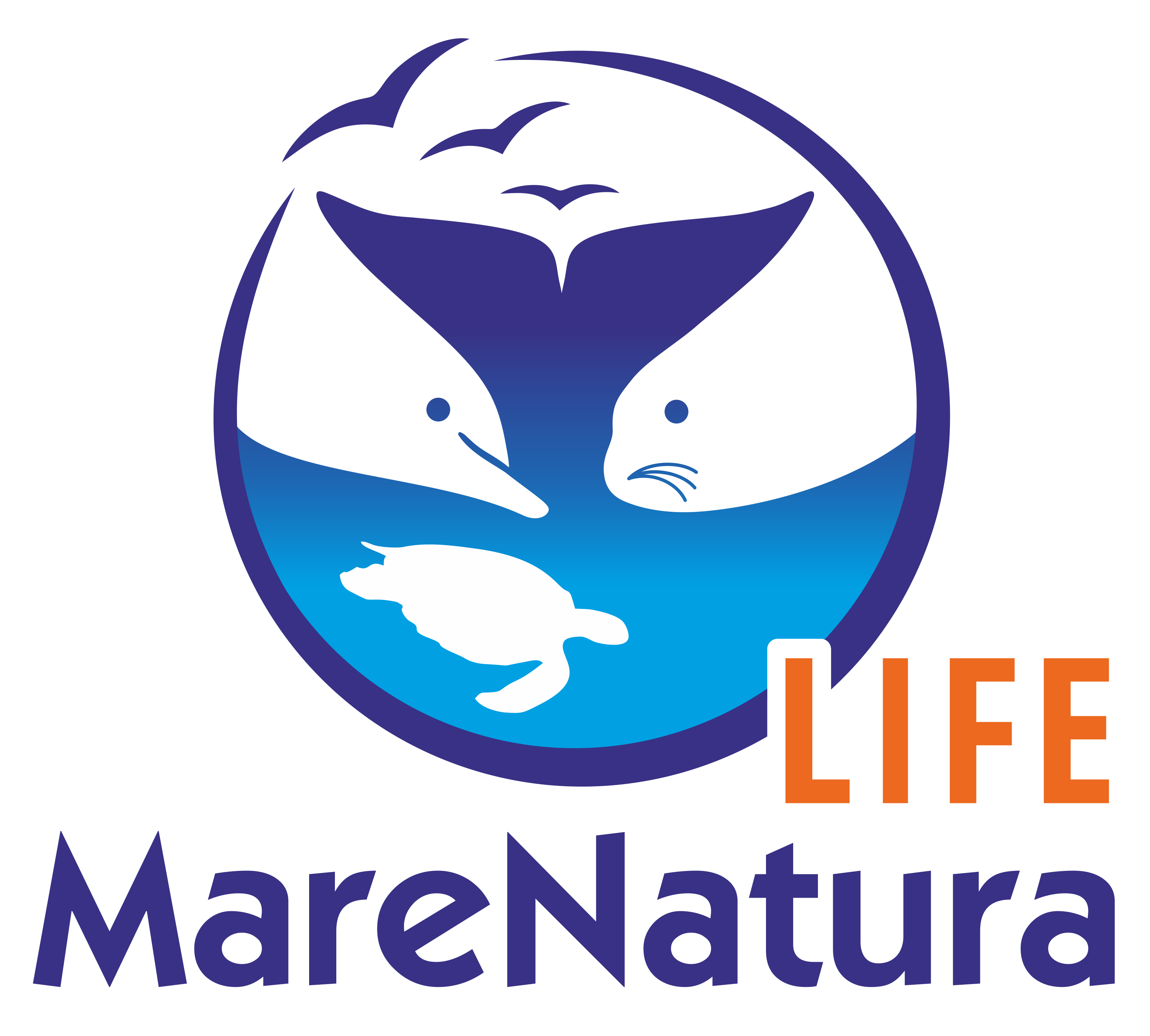

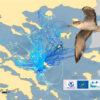



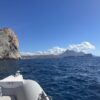
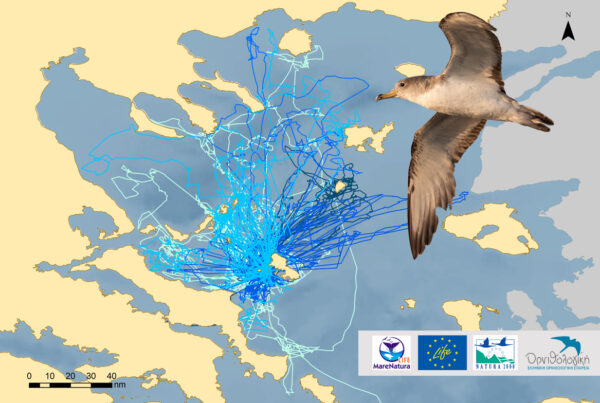
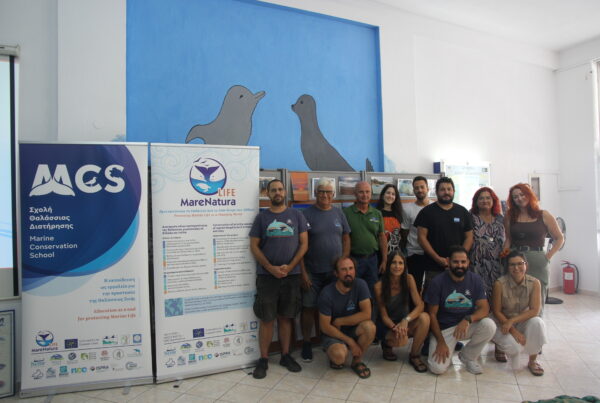
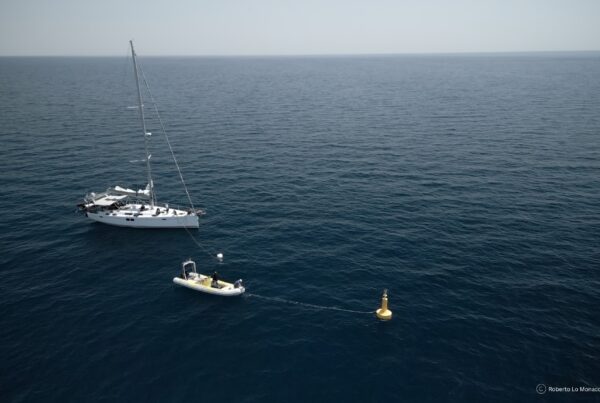


 Ελληνικά
Ελληνικά Italiano
Italiano